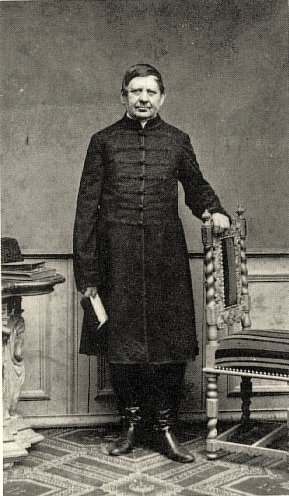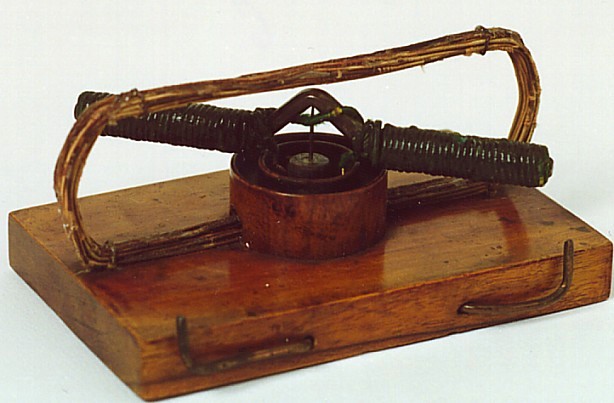
Loading...

It's me, M.tb de_Sign aka T. M., a designer based in Budapest. Regarding my profession I would say that I used to work in a glass factory, in metallurgy as a roller, later as a toolmaker, I was a technologist in a filament lamp factory, a mechanician, after that a lather. I improved my skills in various professions, finally created my own one.
After that, as an entrepreneur I used to create metallic products in the mass market such as badges, hairclips, bracelets. Later on logos, shop window decoration and interior design in catering were my main activites.
Throughout the years I worked with machine tools of high precision, rasin, silicone and plastics, as well as etchwork of metals, screen printing on textiles, photo processes, pour metals, modelling in foundry or computer design.
Since 1985 I've dealt with MERCURANO Electric Fans – which are the subject of this homepage.
Factory
See under some (non-exhaustive) photos of producing MERCURANO Electric Fans and also some necessary tools which are essential in making them.







Other Products
This photos illustrates the wide range of my other, non MERCURANO products which are mentioned above.





Ányos Jedlik
The inventor of the electric engine and the first electric engine in the World:

Ányos Jedlik - The Lightning-magnetic Self-rotor ”
Jedlik Ányos (1800 – 1895) Hungarian physical scientist, inventor, benedictine monk, a great teacher. He was born as Jedlik István, his convent name is Anyos. His great deeds are creating the first electric engine, the autoexcitation principle, the explanation of the dynamo principle and other inventions.
We can be entitled to say that the 19th century is the age of electricity. In 1800 Volta created the first battery which made electricity, and in 1901 Marconi completed the great achievements by connecting Europe with America without a wire. Between 1800 and 1901 geniuses of the century explored gradually many effects and qualities of electricity and this changed the face of human civilization. Hungary joined this work from the third decade of the 19th century, only with Jedlik for a long time.
He had a general interest as a young man, he did chemistry, electrochemistry (elements), later he created many objects in connection with electricity, his optical experiments are outstanding. Two momentous work of him are the electric engine and the dynamo self-excitation. The first one, who could rotate a conductor around a bar magnet, was Faraday. He talks about it in an article in 1821. The next step was done by Peter Barlow who could move a wheel with a magnet. In this point Jedlik's lightning-magnetic self-rotor added two new items: the electromagnet and the mercurial commutator.


The lightning-magnetic self-rotor is basically a current machine. On the diagram above the coil is powered by direct current, which creates lines of power. The size of it depends on the number of windings or the current voltage.
Stephen Hales
The inventor of the electric fan
On 7th September 1677 the inventor of the electric fan, Stephen Hales was born in Teddington, England. As he was a clergyman, chemist and inventor he was nominated to be the mentor of the Prince of Wales. In science he had a wide range of interest. While in Cambridge himself, amongst other things repeated Boyle's physical researches and made a model to present movement of the planets. First time in 1717, when he was 40 he participated on a meeting of the Royal Society, and a year time he was accepted to be a member of them.
In 1740, because of typhoid epidemics on a ship which was going to cross the Atlantic, he started to make studies on ventilation. A year later he published 'The Description of Ventilators' in what he already introduced his invention, a fan installed against outer walls. Sailors often suffered from fever and bad air was blamed for that. Hales wanted to install fans on ships, in hospitals, prisons to improve humanity. His fans were operated by hand, or rarely by wind mills, and they were noisy. In fact, after the installation of them the death rate dropped sharply in prisons and hospitals.
Finally, in 1756 they installed fans on every warships and in prisons. Before that Hales equipped with fans two hospitals; one in centre of London and the Middlesex smallpox hospital. Their quality and usefulness are proven by letters written by captains of the ships saying Hales saved lives of American citizens as well as their ancestors'.